Caviar has long been associated with luxury and indulgence, and few varieties exemplify this better than Almas caviar. Derived from the eggs of the rare Beluga sturgeon, Almas caviar is renowned for its exquisite flavor, stunning appearance, and astronomical price tag. In this article, we will delve into the world of Almas caviar, exploring its origins, characteristics, and appeal in the global market. Origin and Rarity: Almas caviar, often referred to as “white gold,” originates from the Caspian Sea, which borders Iran and Russia. The Beluga sturgeon, which produces these highly coveted eggs, is a prehistoric fish that can live up to a century.
.
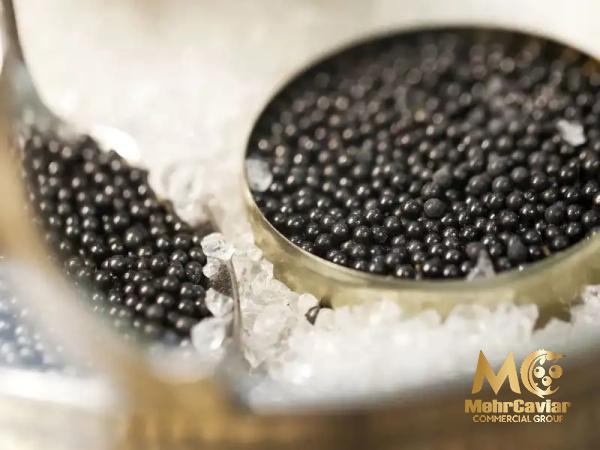 Due to overfishing, habitat degradation, and pollution, the Beluga sturgeon is now considered critically endangered, rendering genuine Almas caviar even rarer and more valuable. Distinctive Characteristics: One of the most striking features of Almas caviar is its unique appearance. The eggs exhibit a pale golden hue, reminiscent of amber, and are notably larger than traditional caviar beads. This distinct color can be attributed to the age of the Beluga sturgeon, as the older the fish, the lighter the roe. Additionally, Almas caviar has a delicate, buttery texture that melts in the mouth, leaving behind a subtle, nutty flavor.
Due to overfishing, habitat degradation, and pollution, the Beluga sturgeon is now considered critically endangered, rendering genuine Almas caviar even rarer and more valuable. Distinctive Characteristics: One of the most striking features of Almas caviar is its unique appearance. The eggs exhibit a pale golden hue, reminiscent of amber, and are notably larger than traditional caviar beads. This distinct color can be attributed to the age of the Beluga sturgeon, as the older the fish, the lighter the roe. Additionally, Almas caviar has a delicate, buttery texture that melts in the mouth, leaving behind a subtle, nutty flavor.
..
 Cultivation and Harvesting: Almas caviar is harvested using a traditional and meticulous method called “milking” in which eggs are extracted from live sturgeons without causing harm to the fish. It requires extensive knowledge and experience to ensure the quality and integrity of the product. As a result, the production is limited, making Almas caviar an exclusive delicacy sought after by gourmets, socialites, and connoisseurs. Global Demand and Price: Almas caviar enjoys a prominent position in the world of luxury food, attracting a wealthy clientele willing to pay a premium price for this culinary treasure. Its rarity and desirability have led to prices exceeding $25,000 per kilogram, making it one of the most expensive food items available.
Cultivation and Harvesting: Almas caviar is harvested using a traditional and meticulous method called “milking” in which eggs are extracted from live sturgeons without causing harm to the fish. It requires extensive knowledge and experience to ensure the quality and integrity of the product. As a result, the production is limited, making Almas caviar an exclusive delicacy sought after by gourmets, socialites, and connoisseurs. Global Demand and Price: Almas caviar enjoys a prominent position in the world of luxury food, attracting a wealthy clientele willing to pay a premium price for this culinary treasure. Its rarity and desirability have led to prices exceeding $25,000 per kilogram, making it one of the most expensive food items available.
…
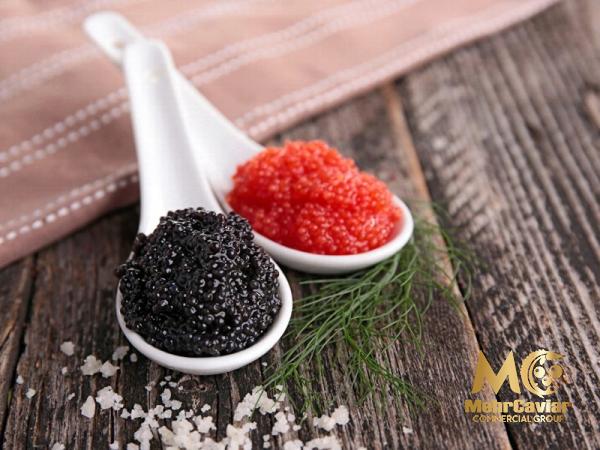 The allure lies not only in the taste but also in the exclusivity and status symbol associated with indulging in such a luxurious delicacy. Sustainable Practices and Conservation Efforts: Recognizing the ecological importance of preserving the Beluga sturgeon, various organizations, and industry stakeholders have initiated conservation efforts, including regulation of fishing quotas, regulation of sturgeon farming, and promotion of sustainable aquaculture. Responsible farming practices aim to protect wild populations while ensuring the availability of Almas caviar for future generations. Conclusion: Almas caviar represents the pinnacle of luxury and decadence in the culinary world. Its rarity, distinctive flavor, and unique appearance have earned it a place of prestige among top-tier delicacies. As the demand for sustainably sourced and ethically produced food grows, it is crucial to strike a balance between providing the ultimate luxury experience and safeguarding the future of the Beluga sturgeon. For those fortunate enough to savor Almas caviar, it is an experience that transcends the mundane and transports them to a realm of unparalleled gastronomic bliss.
The allure lies not only in the taste but also in the exclusivity and status symbol associated with indulging in such a luxurious delicacy. Sustainable Practices and Conservation Efforts: Recognizing the ecological importance of preserving the Beluga sturgeon, various organizations, and industry stakeholders have initiated conservation efforts, including regulation of fishing quotas, regulation of sturgeon farming, and promotion of sustainable aquaculture. Responsible farming practices aim to protect wild populations while ensuring the availability of Almas caviar for future generations. Conclusion: Almas caviar represents the pinnacle of luxury and decadence in the culinary world. Its rarity, distinctive flavor, and unique appearance have earned it a place of prestige among top-tier delicacies. As the demand for sustainably sourced and ethically produced food grows, it is crucial to strike a balance between providing the ultimate luxury experience and safeguarding the future of the Beluga sturgeon. For those fortunate enough to savor Almas caviar, it is an experience that transcends the mundane and transports them to a realm of unparalleled gastronomic bliss.
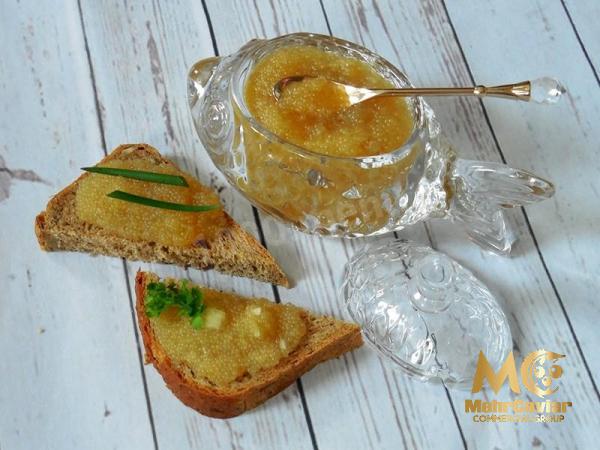
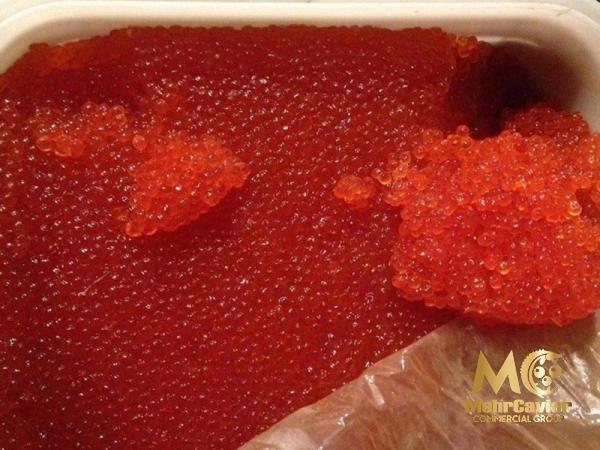
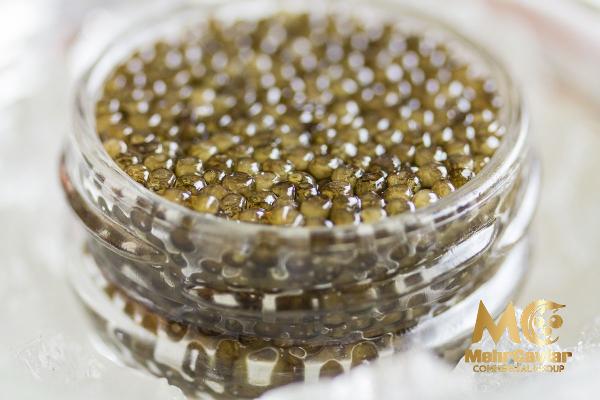

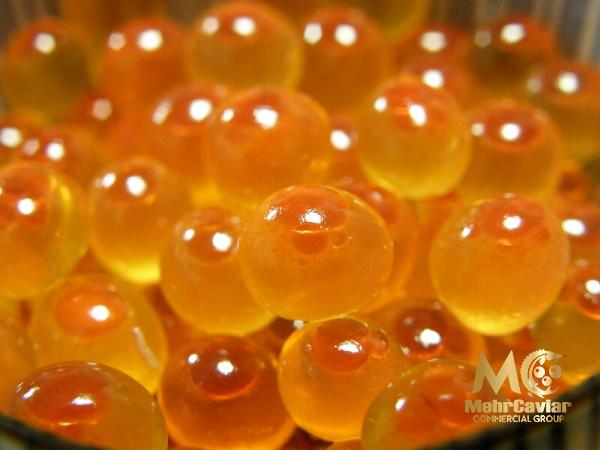


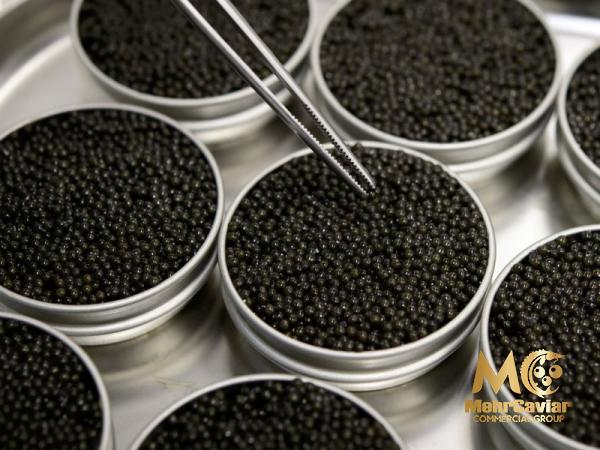
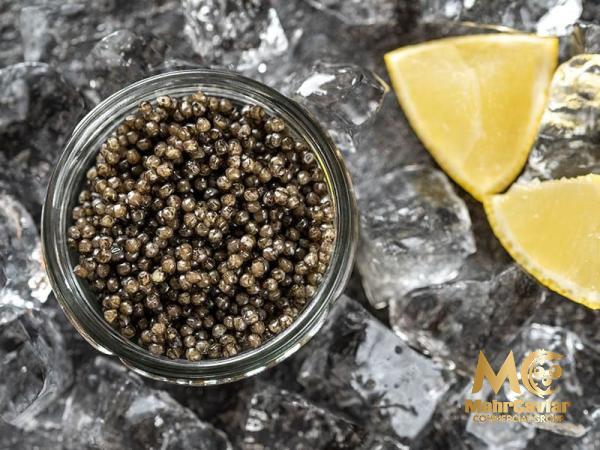
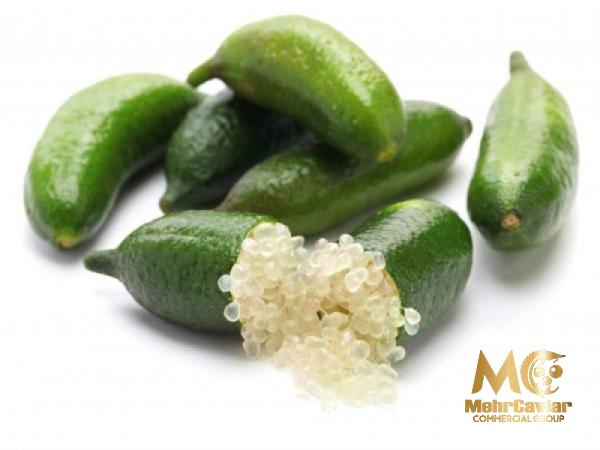
Your comment submitted.